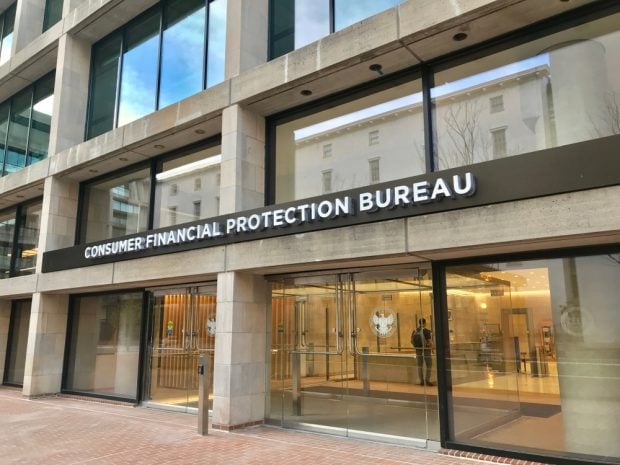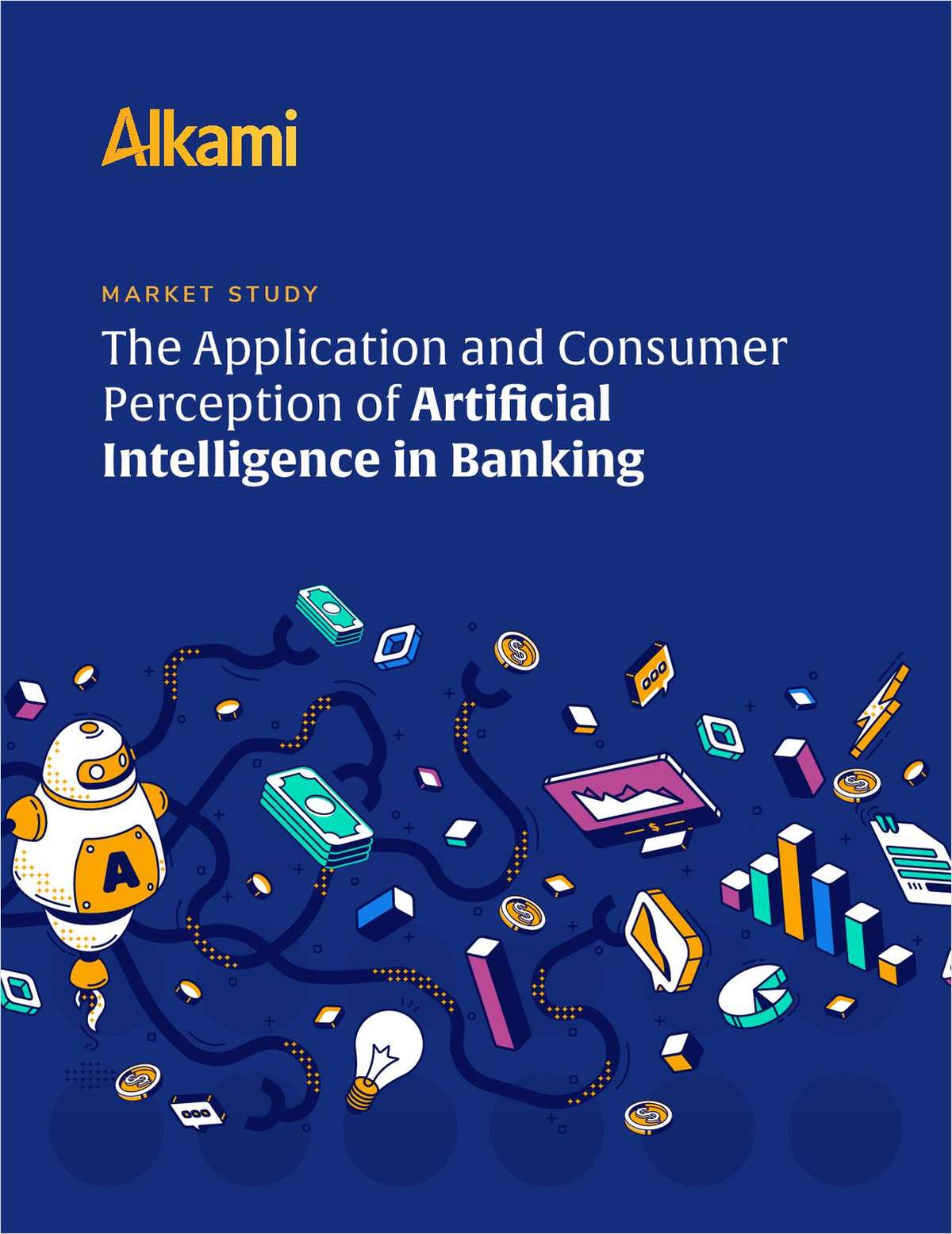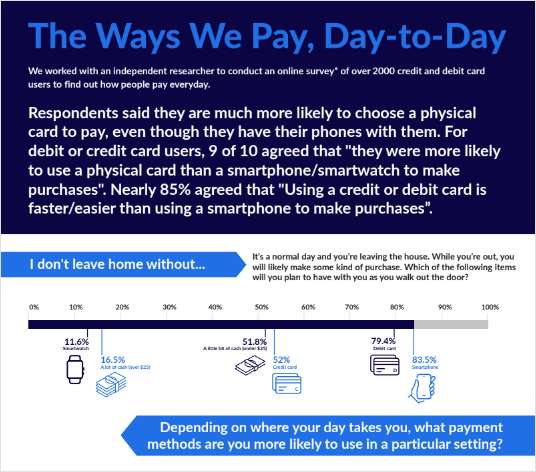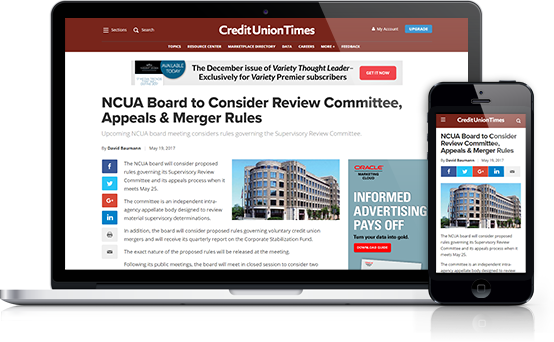A credit union website is a combination of features and strategy. Just the features alone, however, won't ensure that the website is doing what it should for the credit union.
Credit union websites are in a constant struggle to keep up with the big banks. Naturally, the bigger banking counterparts tend to have much larger budgets and more available resources, allowing them to occupy an increasingly robust online presence. Credit unions, for the most part, compete to match that objective on a daily basis. A few actually come out ahead; many maintain their status quo, while some unfortunately fail altogether.
From a marketing perspective, staying competitive on the Web requires savvy and daily dedication to properly representing a credit union's brand effectively while providing the pertinent information that members need in a usable and appealing format. Many credit union websites fail to do this because they do not have the right tools at their team's disposal.
Complete your profile to continue reading and get FREE access to CUTimes.com, part of your ALM digital membership.
Your access to unlimited CUTimes.com content isn’t changing.
Once you are an ALM digital member, you’ll receive:
- Breaking credit union news and analysis, on-site and via our newsletters and custom alerts
- Weekly Shared Accounts podcast featuring exclusive interviews with industry leaders
- Educational webcasts, white papers, and ebooks from industry thought leaders
- Critical coverage of the commercial real estate and financial advisory markets on our other ALM sites, GlobeSt.com and ThinkAdvisor.com
Already have an account? Sign In Now
© 2025 ALM Global, LLC, All Rights Reserved. Request academic re-use from www.copyright.com. All other uses, submit a request to [email protected]. For more information visit Asset & Logo Licensing.









